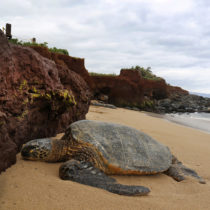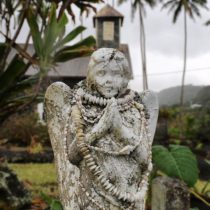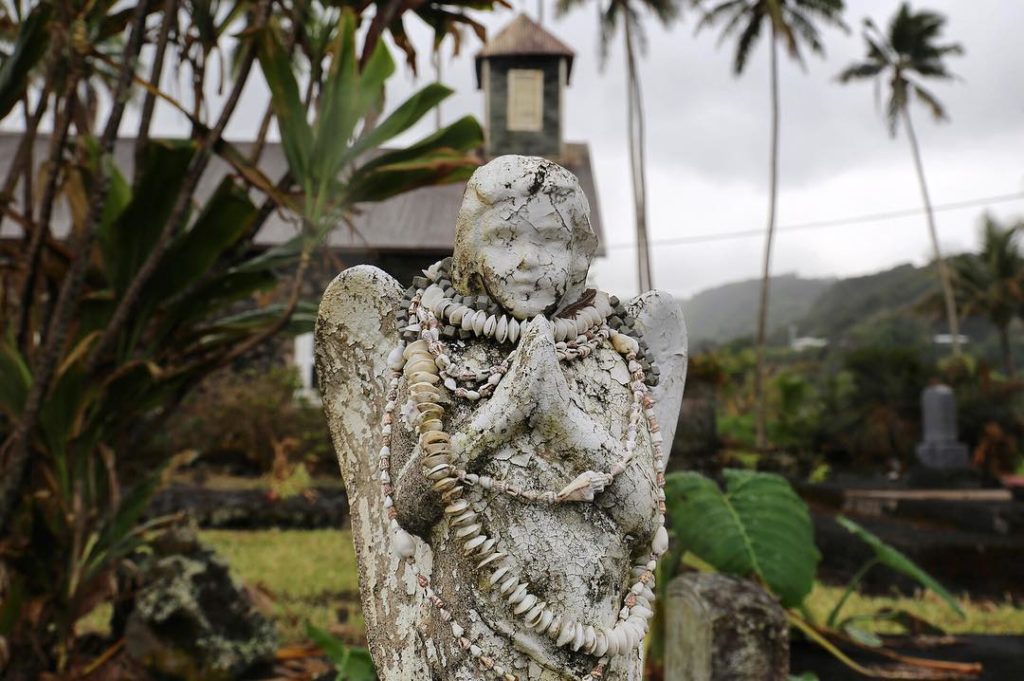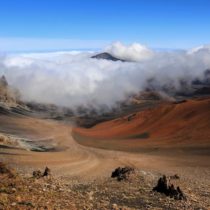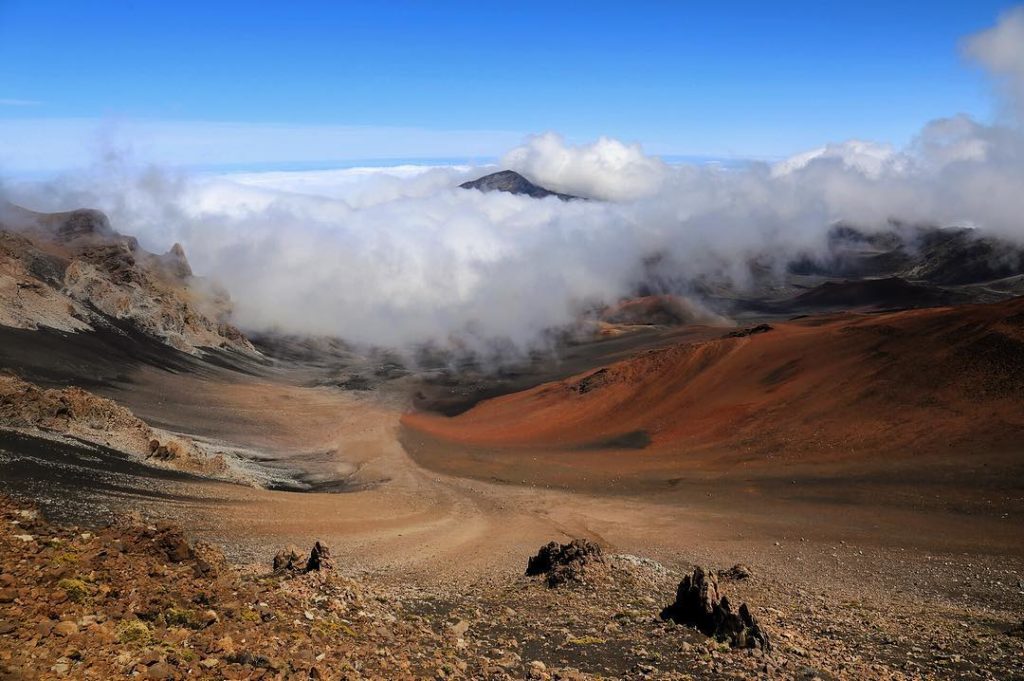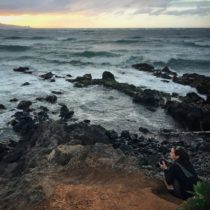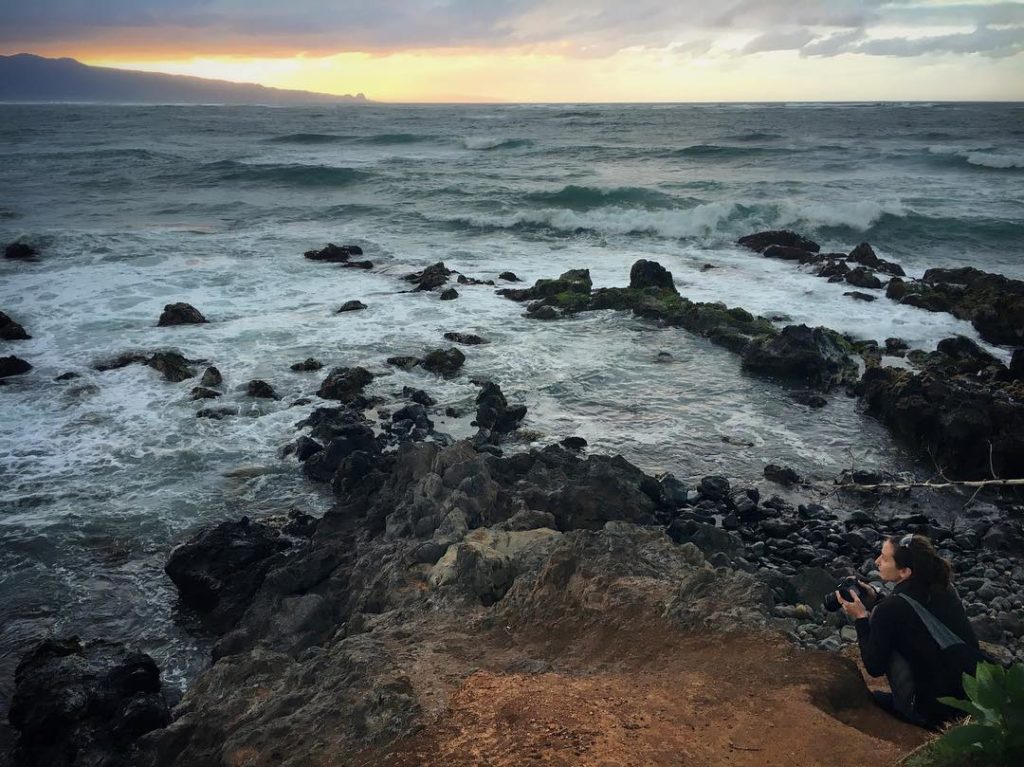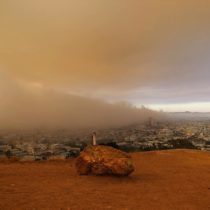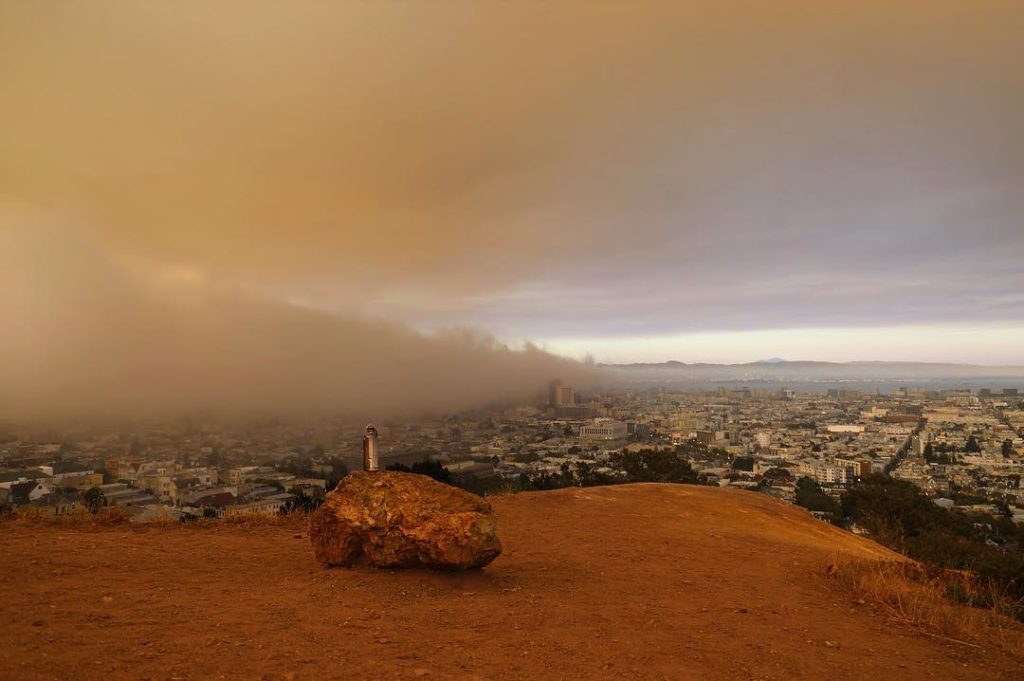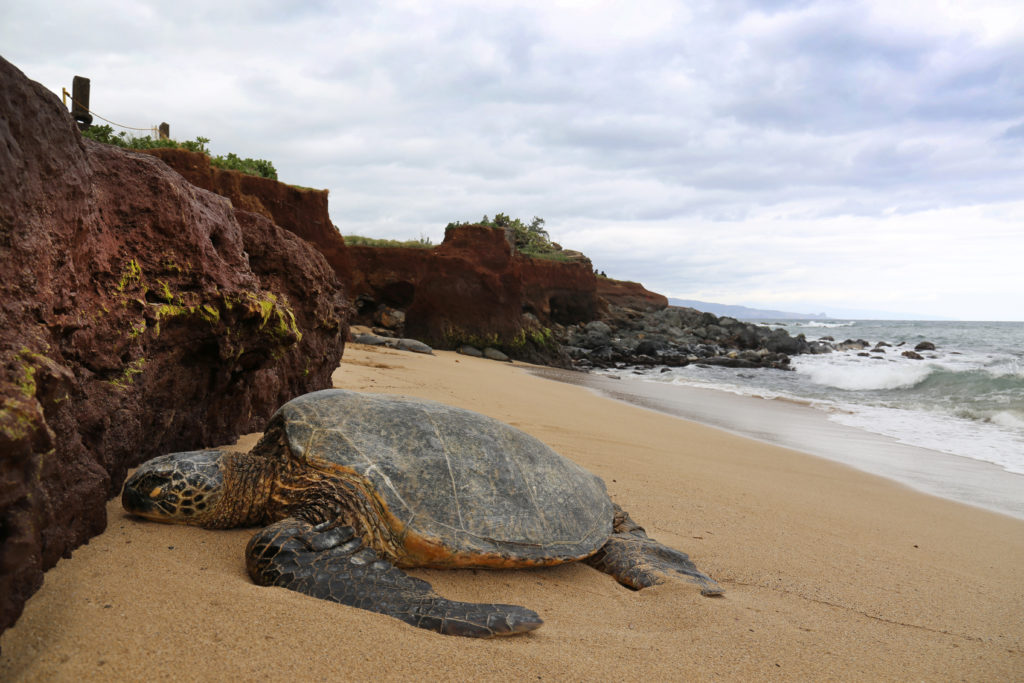
These laid-back honu rest near coastal erosion threatening Paia’s 112-year-old Mantokuji Soto Zen Mission and adjacent cemetery, on the northern coast of Maui. The community is moving the interments, one by one, and recently agreed on a plan to relocate the monastery in the near future. The older members look out over the beach and speak of marking the tide with various structures that were first on dry ground, then partly submerged, and now have disappeared completely. There’s a gentle tone of acceptance to these conversations, an unspoken context of working with what simply is in a place that has always answered first to the waves
I came to this restless edge several times, and sat with these huge, leathery creatures who make both land and water their home. Living up to eight decades, and swimming in excess of 1500 miles yearly across open ocean, they somehow seemed like keepers of this liminal place, lumbering up from the breakers to regard the mission and its broken headstones with slow, measured blinks of dark glassy eyes. The tide falls in and out, they emerge and return to the water, and so to do our markers and memories, while only the earth and sea remain.
* This photo was taken with a long lens. While the honu may seem peaceful, it is critically important to not disturb their rest and habitat.
